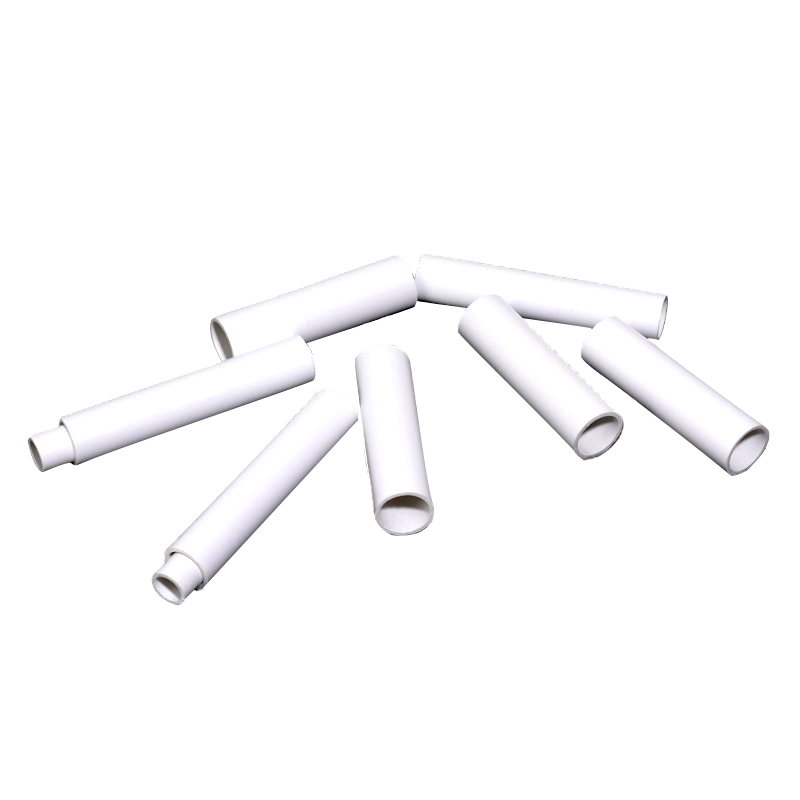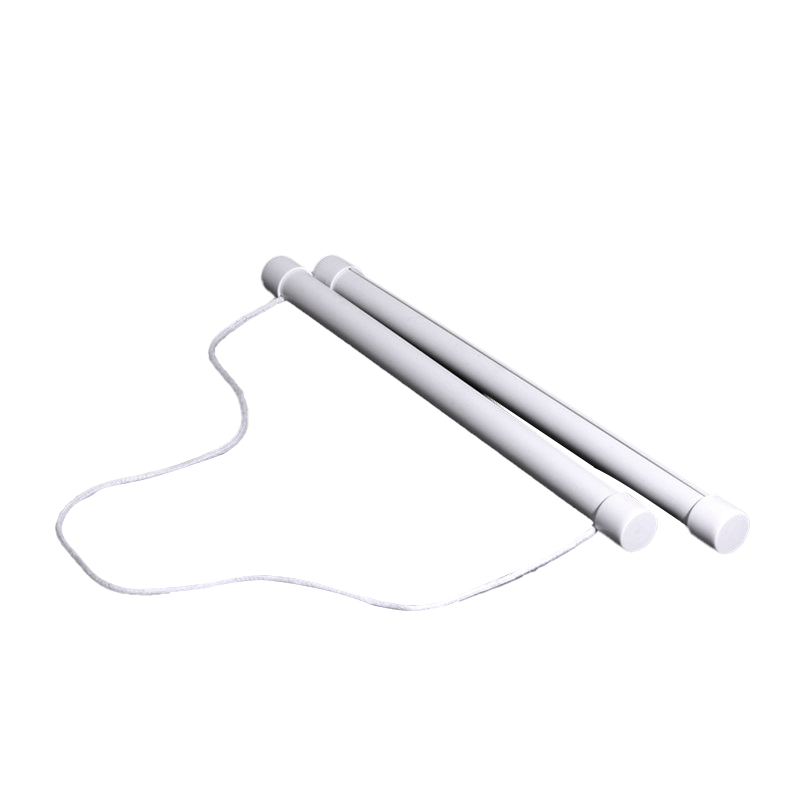Search by posts
Product category
Industry News
 By Admin
By Admin
How to ensure the safety and health of Plastic Pipes?
The safety and health of plastic pipes is a very important topic, especially in places where they are used for drinking water, natural gas transportation, heating systems, etc., which have a direct impact on human health. Ensuring the safety and health of plastic pipes mainly involves material selection, production process, standards and specifications, use management, and environmental impact. The following are some specific measures and technical methods:
Material selection: harmless raw materials
Non-toxic raw materials: When producing plastic pipes, the first thing to do is to ensure that the selected raw materials are non-toxic and do not contain harmful substances. Common plastic pipe materials such as PVC, PE, PPR, etc. usually use non-toxic raw materials, such as non-toxic plasticizers, whitening agents, stabilizers and other harmful chemicals. Especially in drinking water pipes, materials that meet food-grade safety standards must be used.
Avoid harmful additives: Some plastic pipes will add chemical additives such as plasticizers, stabilizers, colorants, etc., which may have an impact on human health. Therefore, manufacturers should pay special attention when selecting additives and should not use harmful chemical components that may migrate into water or air.
Production process: Strict quality control
Environmentally friendly production process: Environmental standards must be followed during the production process to avoid the use of chemicals that do not meet the standards. Through modern production processes, such as solvent-free or low-solvent technology, the pollution to the environment during the production process can be effectively reduced, and the residue of harmful substances can be reduced.
High quality standards: When producing plastic pipes, relevant national and industry quality standards, such as ISO 9001, CE certification, etc., should be strictly observed. Plastic pipes that meet these standards usually have higher safety guarantees in terms of materials and processes.
Health and safety testing: In order to ensure the safety of plastic pipes, manufacturers will conduct a series of tests, such as high temperature resistance tests, corrosion resistance tests, pressure resistance tests, etc., and will also conduct specific migration tests to ensure that no harmful substances are released during use.
Health protection during useAvoid the migration of harmful substances: During long-term use, the materials of plastic pipes may migrate, especially in high temperature or strong acid and alkali environments, and certain additives and chemicals may enter the water or air. Therefore, many countries and regions have strict standards and restrictions on the migration of plastic pipes. For example, the regulations for drinking water pipes in the United States require that PVC pipes cannot release harmful substances exceeding the safety limit under specified conditions.
Regular inspection and replacement: Plastic pipes that are used for a long time, especially in drinking water systems, need to be regularly inspected for pipe safety. Once the pipe is found to be aging, cracked, deformed, etc., it should be replaced in time to avoid potential health risks.
Safety standards and certifications: ensure compliance with specifications

Compliance with international and regional standards: Plastic pipes must comply with safety standards set by various countries or regions, such as the US NSF certification, the EU CE certification, and the Chinese GB standard. These certifications and standards cover aspects such as pipe material safety, use environment, and functional reliability. Certified products mean that they meet health and safety requirements and are harmless to the environment.
Food grade safety standards: When using drinking water pipes, ensure that plastic pipes meet food grade safety standards. For example, the US NSF 61 certification requires that drinking water pipe materials must not release harmful substances and should not affect water quality or produce toxic substances. Ensure water quality safety and human health through pipes that meet these strict certifications.
Installation and maintenance: avoid secondary pollution
Installation specifications: During the installation process, strict installation specifications should be followed to avoid pipe damage or contamination. In the water supply system, plastic pipes must be installed to prevent oil stains and chemical pollutants from entering the pipes to ensure the cleanliness of the inside and outside of the pipes.
Avoid long-term exposure to high temperature and ultraviolet rays: Plastic pipes may age and release harmful substances when exposed to high temperature or ultraviolet rays for a long time. Therefore, plastic pipes should be installed in a way that avoids exposure to direct sunlight or high temperature. In some high-temperature environments, the use of heat-resistant materials such as high-temperature resistant PVC pipes or PE pipes can reduce the aging rate of pipes and ensure safety during use.
Regular maintenance: Regularly inspect plastic pipes, especially pipes in drinking water systems. Once the inner wall of the pipe is found to be scaled, aged or damaged, it should be replaced immediately. Aging plastic pipes may release harmful substances or affect water quality.
Environmental impact: Reduce the negative impact on the ecosystem
Recyclability and degradability: Modern plastic pipes pay more and more attention to environmental protection, especially at the end of their life cycle, whether they can be recycled or degraded is an important consideration. Using recyclable materials or biodegradable plastic pipes can help reduce long-term pollution to the environment. Manufacturers can choose to use degradable materials, such as bio-based plastics or non-toxic plastics, to reduce the burden on the environment.
Reduce the emission of harmful substances: During the production process of plastic pipes, some harmful gases and wastewater may be generated. In order to reduce the impact on the environment, manufacturers need to take effective environmental protection measures, such as waste gas recovery and wastewater treatment, to ensure that the production process complies with environmental protection regulations.
Innovative technology: Improve health and safety
Innovative materials: With the advancement of science and technology, the emergence of new environmentally friendly materials has better guaranteed the safety and health of plastic pipes. For example, the use of halogen-free polyolefin materials (such as PE, PP) can effectively reduce the risk of release of harmful substances.
Smart pipeline technology: The introduction of smart pipeline technology makes the monitoring of pipeline status more real-time and accurate, and can timely detect potential safety problems such as pipeline aging and rupture, and avoid safety hazards and health risks caused by pipeline failure.
The safety and health protection of plastic pipes involves multiple links, from material selection, production process, standard certification to regular maintenance during use, etc., all need to strictly follow relevant regulations and standards. Only under strict quality control and standard guarantees can plastic pipes ensure that they do not have a negative impact on human health and the environment while providing convenience, economy and durability.

 +86-0573-88528475
+86-0573-88528475 English
English русский
русский












